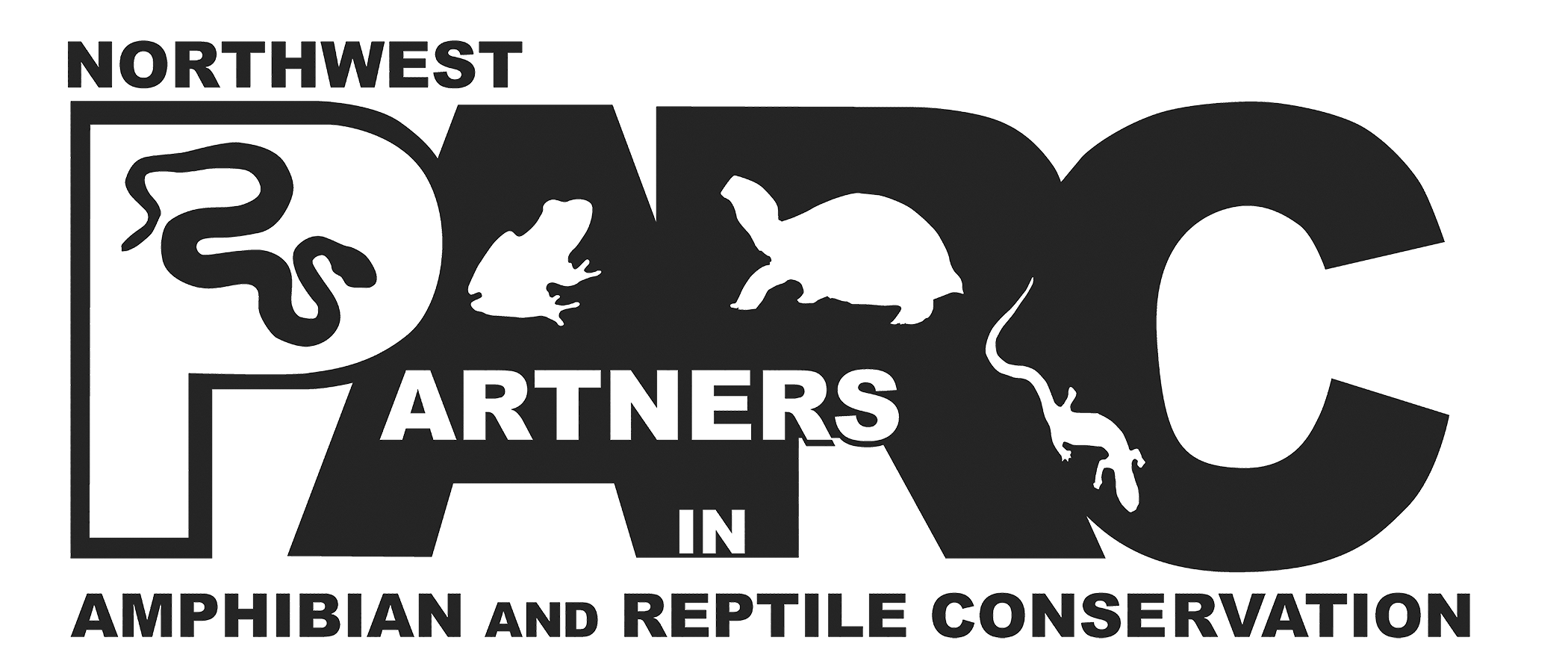Above: Northern Leopard Frog © Kris Kendell
PARCAs
Priority Amphibian and Reptile Conservation Areas
Amphibians and reptiles are experiencing exceptional declines, with habitat loss and fragmentation among the leading threats to both groups. In response to these threats, municipalities, land trusts, land managers and large land owners are increasingly seeking guidance in identifying discrete areas of the landscape that provide exceptional biodiversity value. In response, PARC developed the Priority Amphibian and Reptile Conservation Areas (PARCAs) project.
PARCAs are a non-regulatory designation whose purpose is to raise public awareness and spark voluntary action by landowners and conservation partners to benefit amphibians and/or reptiles. Areas are nominated using scientific criteria and expert review, drawing on the concepts of species rarity, richness, regional responsibility, and landscape integrity. Modeled in part after the Important Bird Areas program developed by BirdLife International, PARCAs are intended to be coordinated nationally but implemented locally at state or regional scales.
Importantly, PARCAs are not designed to compete with existing landscape biodiversity initiatives, but to complement them – providing an additional spatially-explicit layer for conservation consideration.
PARCAs are intended to be established in areas:
- capable of supporting viable amphibian and reptile populations;
- occupied by rare, imperiled, or at-risk species, and;
- rich in species diversity or endemism.

